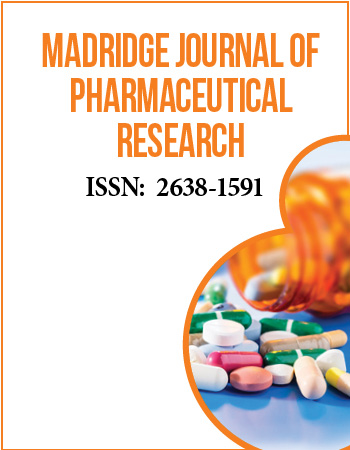International Conference on Medicinal and Pharmaceutical Chemistry
December 5-7, 2016 | Dubai, UAE
Toward the design of novel antimicrobials: Synthesis and biological evaluation of phosphate isosters of fosmidomycin and analogs
Laboratoire Chimie et Biochimie de Molécules Bioactives – Université de Strasbourg/CNRS, France
Today, almost all important microbial infections throughout the world, such as tuberculosis, malaria, nosocomial diseases, are becoming resistant to antibiotics. Antimicrobial multi-drug resistance has been called one of the worldʼs most pressing public health problems. It is therefore urgent to find innovative targets for new antimicrobial drugs. Proteins involved in isoprenoid biosynthesis represent such targets. Isoprenoids are found in all living organisms and are essential for all bacteria. The alternative mevalonate-independent methylerythritol phosphate (MEP) pathway for the biosynthesis of isoprenoids, which is present in many pathogenic bacteria e.g. Mycobacterium tuberculosis, M. leprae, as well as in opportunistic pathogens e.g. enterobacteria, Acinetobacter spp., Pseudomonas spp., and present in the parasitic Plasmodium species responsible for malaria but absent in human represents an attractive target for the design and development of new antimicrobials. We focus on developing novel inhibitors for 1-deoxy-D-xylulose 5-phosphate reductoisomerase (DXR), the second enzyme of the MEP pathway for isoprenoid biosynthesis in pathogens.
Biography:
Dr. Catherine Grosdemange-Billiard is Professor in Chemistry at “Université de Strasbourg”, France. Her scientific background is in fields as varied as biochemistry, organic synthesis, surface chemistry, bioorganic chemistry and medicinal chemistry. After a B Sc. in Biochemistry, a M Sc. in Chemistry, a PhDin Physical Chemistry, she joined the Georges Whitesidesʼ group at Harvard University as a postdoctoral fellow. Back to France, she was appointed to assistant professor. In 1995, she moved to Michel Rohmerʼs group where she conducted research in chemistry and biochemistry of bacterial hopanoids. Since January 2014, she is the leader of the laboratory of “Chemistry and Biochemistry of Bioactive Molecules”. Her research interests are focused on the design of new antimicrobials.


